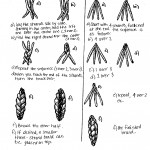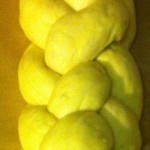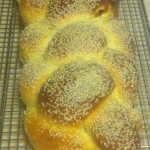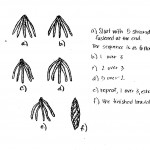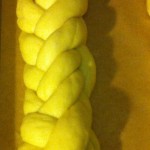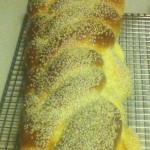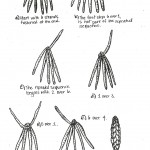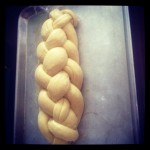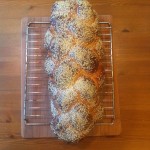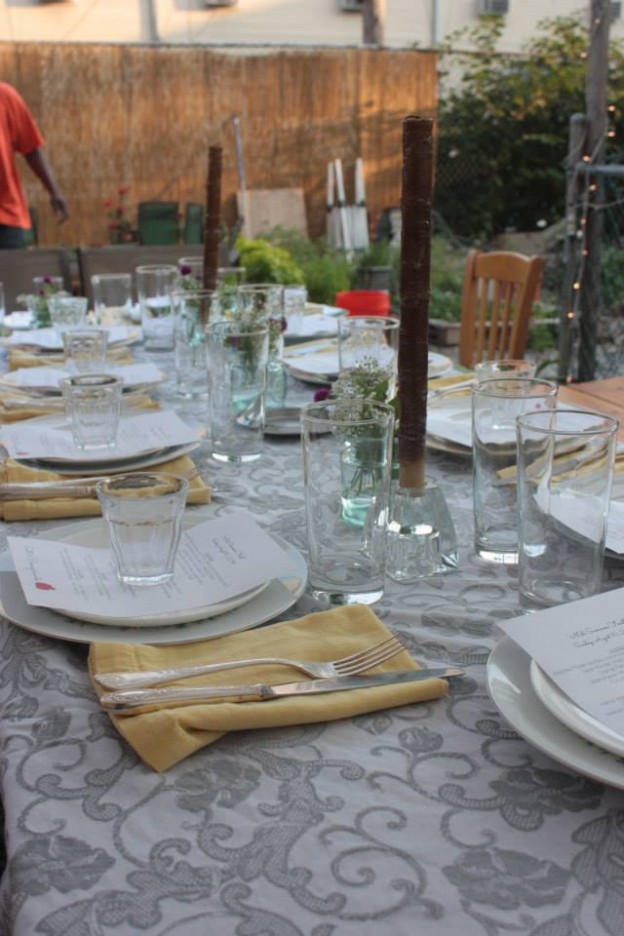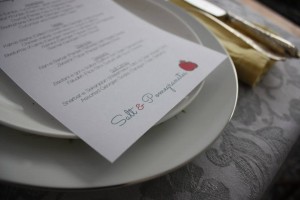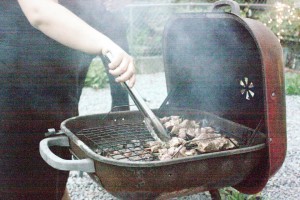My friend Melissa Danielle, a lifestyle coached based in Brooklyn, came over my place a couple of weeks ago and brought with her a pound of stewing lamb from Hudson Valley Harvest. (Truth be told, I thought she was bringing over lamb stew… oops.) I wasn’t really planning on cooking for myself, but the meat needed to be cooked since it was already frozen and thawed. I didn’t even have onions in the house! But, I was saved by this Kashmiri lamb stew recipe in Madhur Jaffrey’s Indian Cooking — because, while I didn’t have any fresh veg in the house, I had 52 jars of spices and a tub of yogurt to work with!
This stew is beautiful in flavor, if not necessarily very exciting to look at. The flavors are warm, aromatic and comforting… perfect for cool autumn evenings. I ate it with plain basmati rice and naan from Whole Foods that I heated in my toaster oven. I did pick up a few vegetables the next day at the Greenmarket and had a tomato, red onion, and cucumber salad (sprinkled with dried mint and dressed with lemon juice and olive oil) as a starter.
- green zebra tomatoes, red onions, Persian cucumbers
- and a glass of tea
I had to halve the recipe since it called for three pounds of lamb, and I had just over a pound. But, I’ll give the recipe with the original proportions. The only other adjustment I had to make was that I had Greek yogurt — so I used a little less yogurt than called for and thinned it out with a little water so that it would be runny.
Kashmiri Lamb Stew (Kashmiri yakhni)
from Madhur Jaffrey’s Indian Cooking
Serves 4 to 6
Ingredients
- 4 teaspoons fennel seed
- 6 tablespoons vegetable oil or ghee
- pinch of ground asafetida (optional)
- 3 pounds shoulder of lamb, boned or unboned, cut roughly into 2-inch cubes
- 1 inch cinnamon stick
- 10 cardamom pods
- 15 cloves
- 1 3/4 teaspoons salt, or to taste
- 3 3/4 cup water
- 1 1/2 teaspoons dried ginger powder
- 1 3/4 cups plain yogurt
- 1/4 teaspoon garam masala
Procedure
- In an electric spice grinder, grind the fennel seeds into a powder and set aside.
- Heat the oil or ghee in a heavy-bottomed Dutch oven over high heat. When hot, add the asafetida, if using. One second later, put in all the meat, as well as the cinnamon, cardamom pods, cloves, and salt. Stir and cook, uncovered, over high heat for about five minutes or until almost all the water released by the meat disappears and the meat browns very lightly.
- Lower the heat to medium and add 1 tablespoon water, the fennel, and the ginger. Stir to mix. Add 3 2/3 cups water, cover partially, and simmer on medium heat for 30 minutes.
- Cover completely, turn the heat to low, and simmer for 40 minutes, or until the meat is tender. Stir a few times as the meat cooks, adding a few tablespoons of water of it dries out.
- Beat the yogurt in a bowl until it is smooth and creamy.
- Remove the lid from the pot and turn the heat to medium-low. Push the meat to the edges of the pan, leaving a well in the center. Pour the yogurt very slowly into this well, all the while whisking it briskly into the braising liquid. (If you don’t do this, the yogurt will curdle.) Keep whisking for a good five minutes after all the yogurt has been poured in. You should now have a simmering, creamy sauce.
- Cover partially and cook on medium-low heat for 10 more minutes. Sprinkle in the garam masala and mix.





